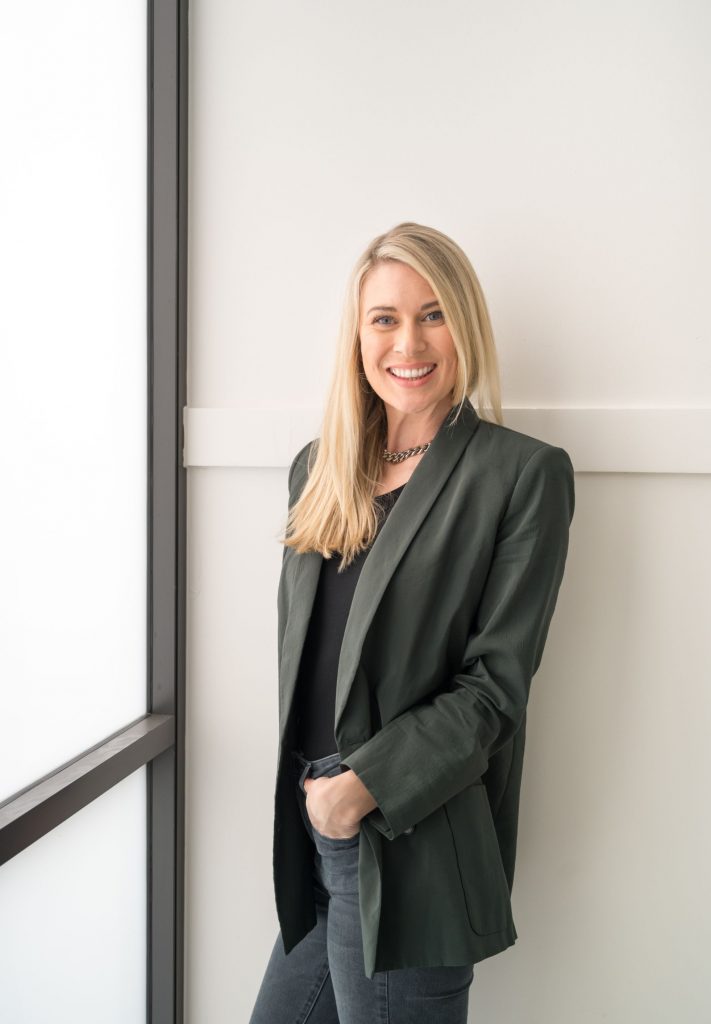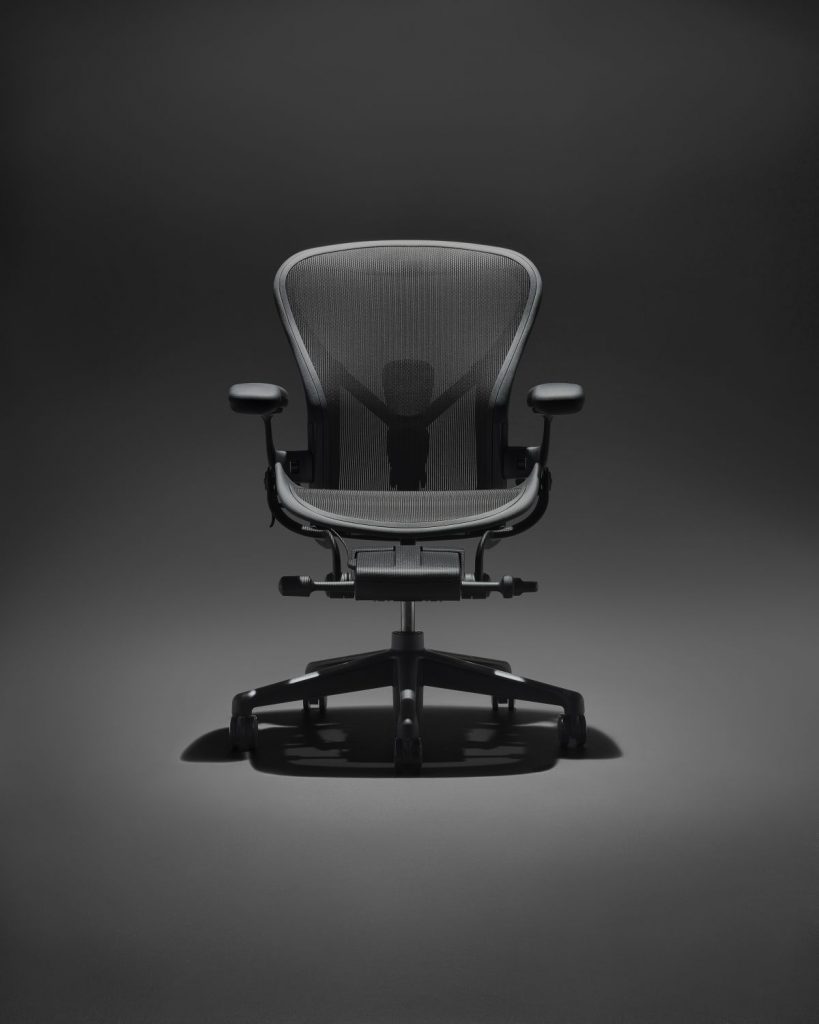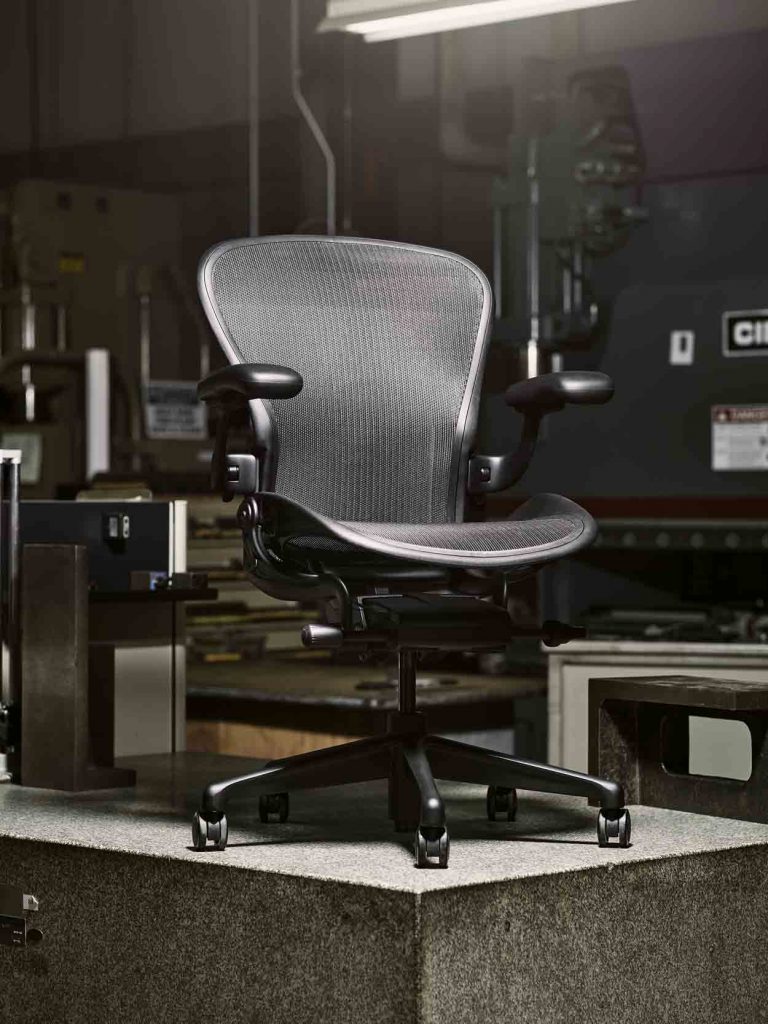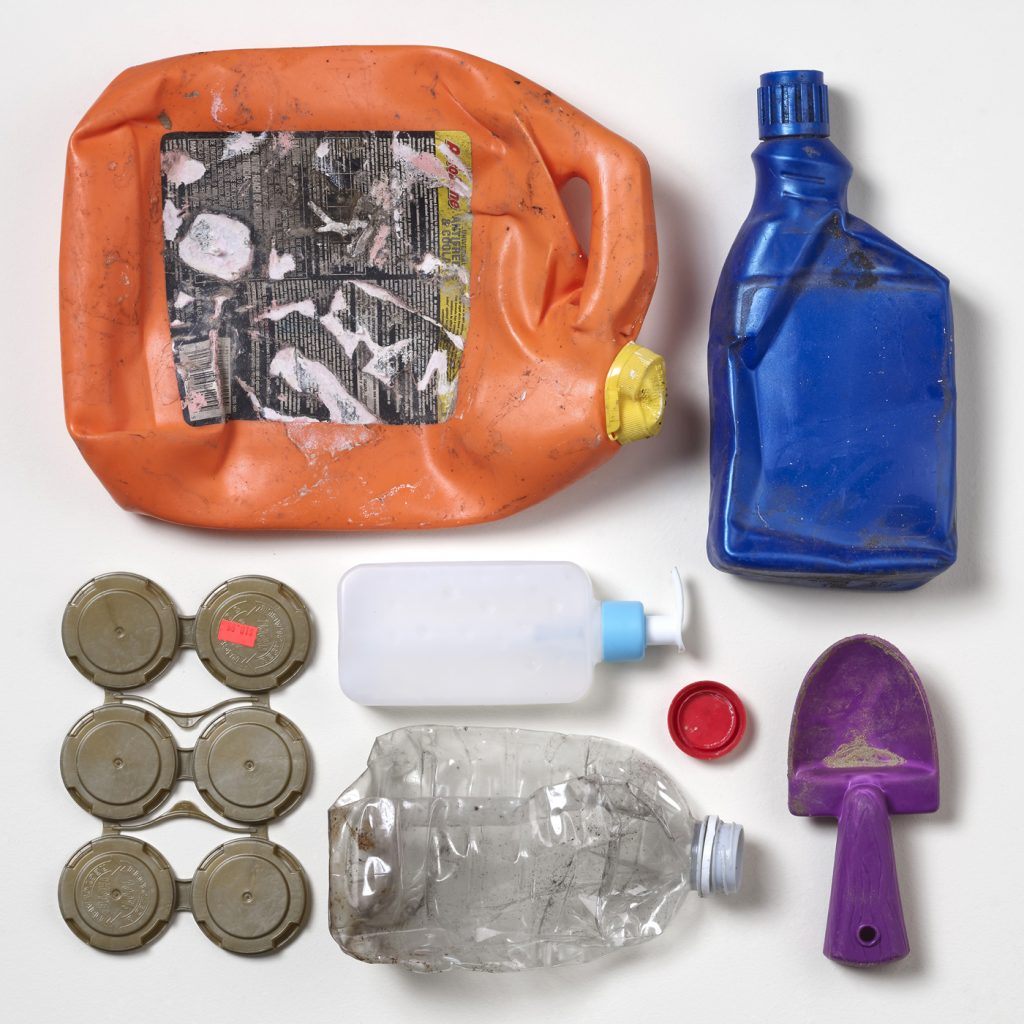
“It’s our obligation to manage the Earth’s resources” – Herman Miller on sustainability
“It’s our obligation to manage the Earth’s resources” – Herman Miller on sustainability
Share
Stewardship of the environment has long been a core value for Herman Miller.
The company market manager for NSW, Queensland and New Zealand Gigi Davidge explains how in this special feature.

Valuing the environment has always been in the Herman Miller DNA. Our founder declared, “We will be a good corporate neighbour by being a good steward of the environment.”
It is our obligation to manage the Earth’s resources, create a more equitable and sustainable future for all, and design for the good of humankind.
Herman Miller has an ongoing commitment to sustainability, and a long-term goal to increase recycled content to at least 50 per cent, including the use of ocean-bound plastic across all material the company uses by 2030.
Herman Miller is one of the founding members of the consortium that is NextWave Plastics.
We are very proud of this, as part of our rich history. NextWave, an open source initiative of leading multinational companies, convened by Lonely Whale, is the first organisation of its kind to create a global supply chain for ocean-bound plastic.
Through encouraging companies to come together to brainstorm innovative concepts that create not only a demand for ocean-bound plastic but also a global supply network, the plastic becomes an actual commercialised product that is accessible on a mass scale.
Each year, over eight million metric tonnes of plastic enters the ocean. NextWave Plastics has committed to preventing 25,000 tonnes of plastic waste from entering the oceans by 2025 across countries most impacted by plastic pollution.
NextWave Plastics empowers and supports local communities in regions including India and Indonesia through employment, through the collection of plastic litter, found within 50 kilometres of the coastline.
A process of refinement occurs, and the plastic is turned into a viable product – washed, ground down and pelletised. Manufacturers then test and re-engineer the plastic to incorporate into products.

Reinventing an icon
Designed by Bill Stumpf and Don Chadwick in 1994 and remastered in 2016, Aeron is the world’s number one task chair. The Aeron broke the mould; it is innovative in its ergonomics, aesthetics and functionality.
In 2016, Herman Miller saw the potential to make something better, using its research and resources to continue to improve this timeless design through improving its tilt-mechanism and creating eight zones that support the human body through the pellicle suspension material.
Aeron’s existing colourways – Graphite, Carbon and Mineral – are centred on elements from the Earth. Launching in 2021, Onyx, an ultra-black matte, is intended to modernise the chair and contains the highest amount of ocean-bound plastic in its frame and tilt covers – 1.13 kilograms, equivalent to up to 114 plastic water bottles.
All chairs within the Aeron portfolio are up to 90 per cent recyclable and composed of over 50 per cent recycled content. These material changes in the Aeron portfolio are specifically projected to save the ocean from over 150 tonnes of plastic annually – equal to approximately 15 million single-use plastic water bottles.
With the global movement towards working from home, the Aeron translates from the office to the home office seamlessly. Health and wellness is a big part of the current discussion around the future of work and what the new work environment will look like. Choosing Aeron, and indeed the Onyx, becomes a corporate standard, brand choice and identifier.

Thinking big
Ocean-bound plastics have also been re-engineered into the upcoming OE1 Workspace Collection, the Sayl chair in Europe, utility trays as part of pedestal units and the Revenio textile collection – 100 per cent recyclable content focused on using the newest sustainable solutions to remove global waste without sacrificing aesthetic or performance.
Recognising the volume of Herman Miller products that are moved around the world, there has been a significant push for innovations in packaging and shipping crates, to reduce single-use plastics and eliminate ocean-bound plastics.
According to our Better World report, since 2019 Herman Miller has operated with 100 per cent renewable energy. Environmentalism and sustainability, among other programs including diversity and giving back, have always been at our core.
We were one of the first companies to fuel 100 per cent of our facilities around the world through a combination of clean energy purchase and RECs (renewable energy certificates). In 1993, Herman Miller established a goal of zero waste and by 2010 had achieved 50 per cent carbon neutrality.

Sustainable choices
Making the right choices doesn’t have to be that difficult; the solutions are out there. The more that we support companies and products utilising more innovative ways of making things, the better we will be.
Without the planet, what do we have? We are investing in ourselves by investing in these products and the future of the planet.
Like any new product on the market, the more we purchase it and the more we support it, the more we are going to be able to see these sustainable products becoming more accessible.
It is really up to us as the architect, designer or consumer to set the way of the future, to define the world that we want to live in and the standards that we will permit. We have to value our health and wellness, and that of the planet.
The Aeron chair – it is timeless, it has been proven to be so since 1994.
Find out more about the Aeron Chair Portfolio, including new colorway Onyx Ultra Matte, as well as Herman Miller’s role in NextWave Plastics on its website.
Lead photo: NextWave Plastics works with local pickers to scavenge the profitable plastics. It is then sold to manufacturers like Herman Miller, which tests and re-engineers the plastic.
Photography courtesy of Herman Miller.
























